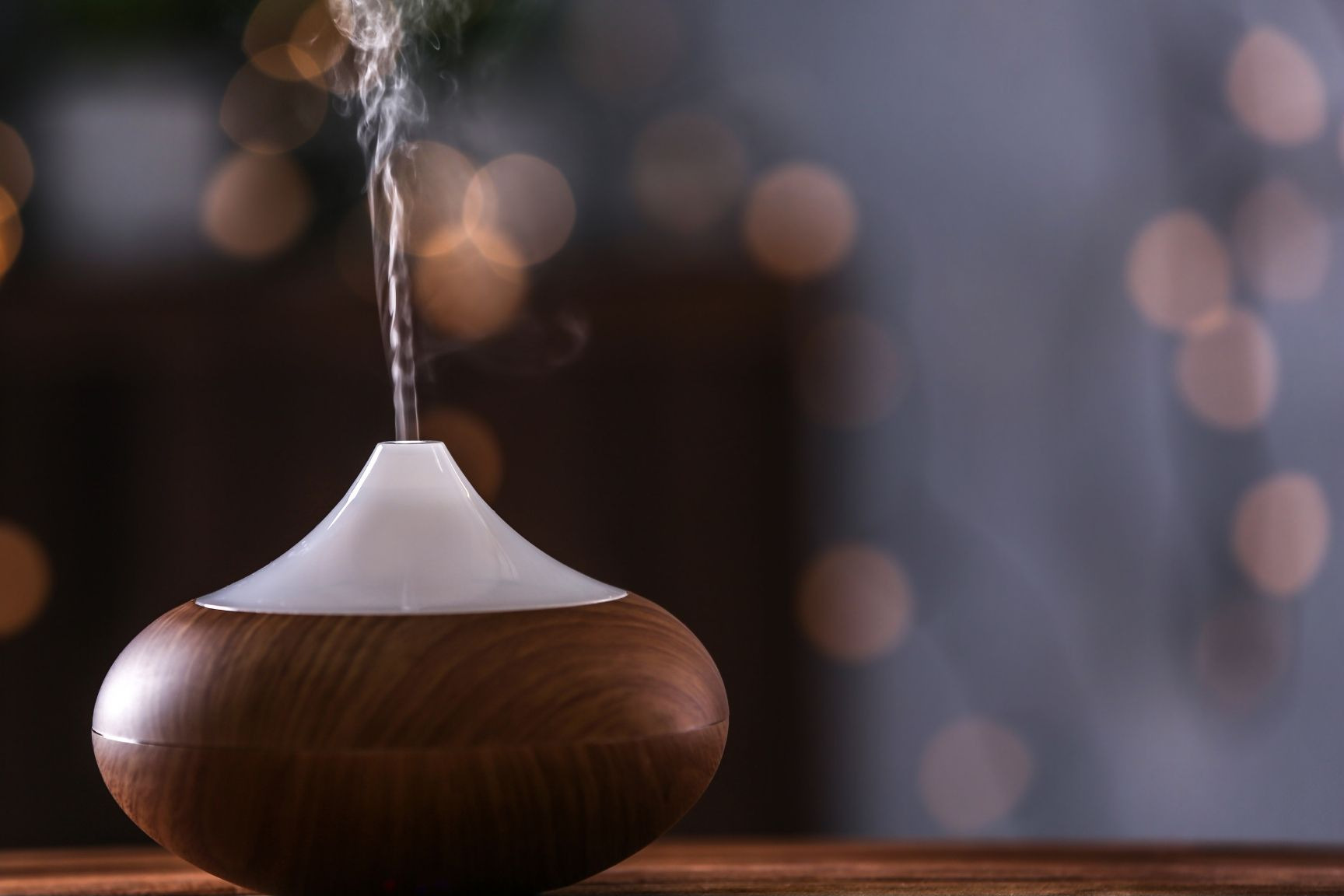We’re always being told how powerful and effective breathing techniques can be. Breathing is wonderful for controlling anxiety and the effects it has on your body. The problem is that most breathing techniques for anxiety are riddled with jargon or seem to require a deep knowledge of yoga. With that in mind, here are 5 breathing techniques that reduce anxiety and help you calm down. All of these techniques are simple and easy and can be done whenever you feel the need.
- Deep Breathing
While deep breathing is mostly used to reduce stress, it can also help with reducing anxiety. The idea behind deep breathing is the same as with any kind of breathing exercise. Focusing on the inhalation and exhalation, and taking control of the process, takes your mind off of the thoughts that are causing your anxiety. It also helps to relieve one of the major symptoms of anxiety – being short of breath.
How to Practice Deep Breathing
- Find a comfortable position
- Breathe in deeply through your nose and count to five
- Hold your breath for another count of five
- Exhale through your mouth for another count of five
- Repeat the process a few times
- Abdominal Breathing
The idea behind abdominal breathing is that you should pay attention to your muscle movements. It sounds simple enough, so let’s put it into practice.
How to Practice Abdominal Breathing
- Lie down flat. Keep your knees propped or stretch out your legs, whichever is more comfortable for you.
- Put your left hand on your chest and place your right hand on your stomach. You can also go the other way around if you prefer. Once again, choose the option that is most comfortable for you.
- 3. Breathe in through your nose at a slow and steady rate.
- Ensure that your diaphragm inflates. You should be able to feel the hand on your stomach move outwards while the hand on your chest remains still as you breathe.
- Exhale. Purse your lips together and push the air out of your body by tightening your stomach muscles. This should also cause the hand on your stomach to move inwards.
- Try to keep the hand on your chest as still as possible throughout the whole exercise
- Repeat the exercise several times a day, aiming for ten minutes of abdominal breathing twice a day.
- The 4-7-8 Exercise
The 4-7-8 breathing exercise, created by Dr Andrew Weil of Harvard, was inspired by Indian spiritual traditions. It can help you to relax in just about any situation. Dr Weil goes so far as to suggest that the technique can help you to fall asleep within a minute. It’s a sort of natural tranquilizer for your nervous system. It reduces tension and makes it easier to relax. It’s also really simple to practice and perform and can be done by anyone at any time.
How to Practice the 4-7-8 Breathing Technique
- Close your mouth and inhale through your nose for a count of four
- Hold your breath for a count of seven
- Exhale through your mouth for a count of eight
- Repeat the process a few times
What makes this technique so effective is that it lets more oxygen enter your lungs. All of the extra oxygen relaxes the nervous system and induces a state of calm across your whole body. Your nervous system can get overstimulated when you are stressed, which makes anxiety worse. Give the 4-7-8 technique a try the next time you get stressed out.
4. Alternate Nostril Breathing
If you have problems controlling your anxiety, then alternate nostril breathing can hep you to focus better and feel more in control. It helps to eliminate unwanted and worrying thoughts. Giving yourself some extra headspace can get rid of the concerns and negative thoughts that are causing your anxiety, giving you a much needed moment of peace.
How to Practice Alternate Nostril Breathing
- Sit down in a comfortable position. This can be on a couch, on your bed, or anywhere else you feel more comfortable
- Place your right thumb over your right nostril
- Inhale slowly through the left nostril. Inhale as deeply as you ca.
- Hold your breath and cover your left nostril with your right finger to open up the right nostril
- Exhale through the right nostril
- Repeat the exercise a few times to clear out your head
Don’t forget; breathe in through the right nostril and breathe out through the left one!
- Equal Breathing
If your stress gets out of control you might have problems breathing properly. As unpleasant as breathing difficulties are, they also help you regain control and calm.
You can take back control of your breathing to feel better. It’s amazing how much relief you can get from taking control over the bodily reactions associated with stress. As the name would imply, equal breathing is about breathing a balanced amount of air.
How to Practice Equal Breathing
- Breathe in with your nose for a count of five
- Breathe out through your nose for a count of five
- Repeat the process until your stress washes away
The equal breathing technique has been proven effective for those who have trouble with stress and panic attacks.
Summary
Anxiety is becoming more and more of an issue, and it can become a nightmare if you don’t take care of it early.
While knowing how to properly manage anxiety can be a long-term process, taking control as soon as it kicks off can help you stay in control. This helps motivate you to keep pushing and prevent anxiety attacks.
It can be difficult to get rid of anxiety, especially if you have a busy schedule, but putting aside just 10 minutes a day for breathing exercises will keep you happy and healthy.








